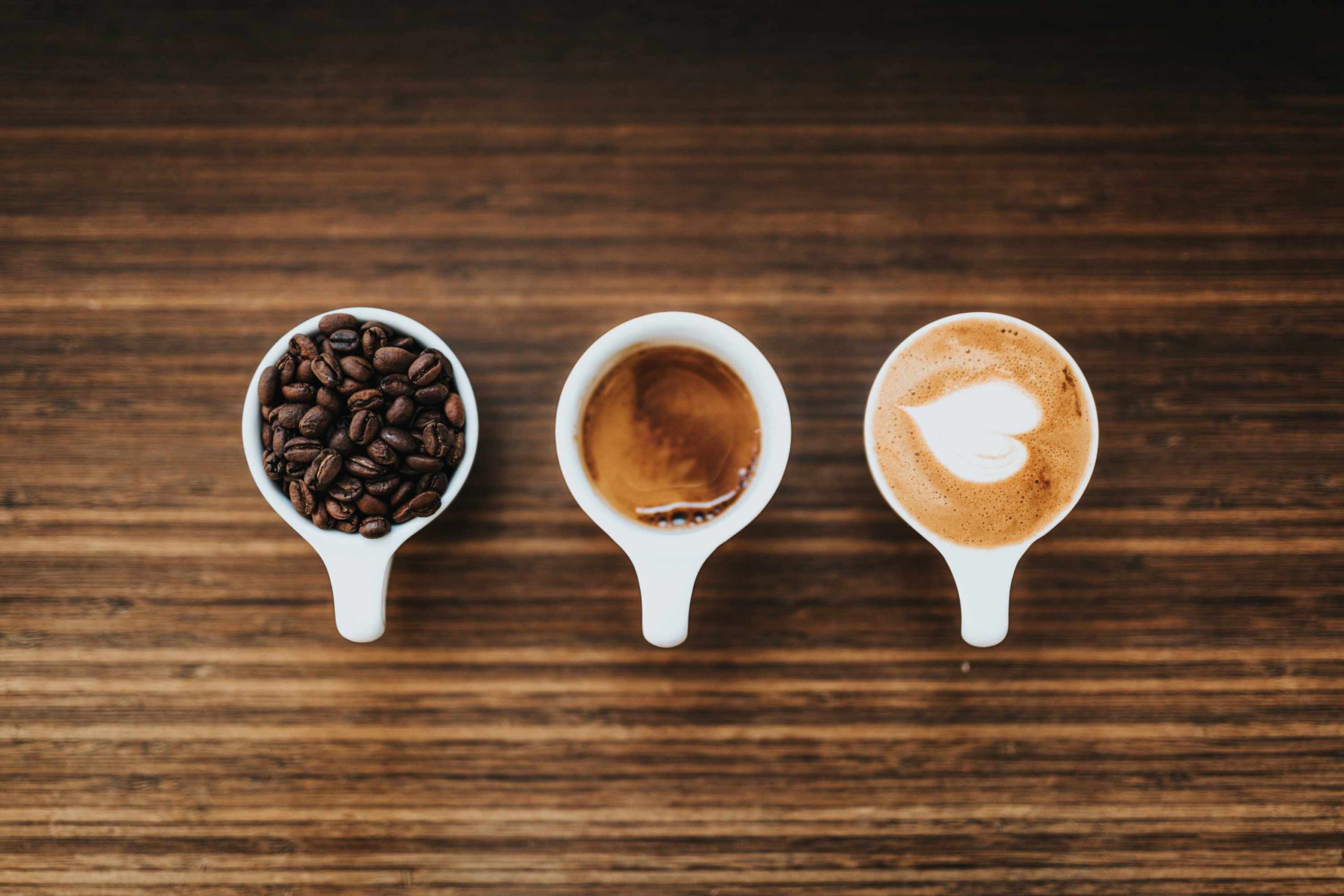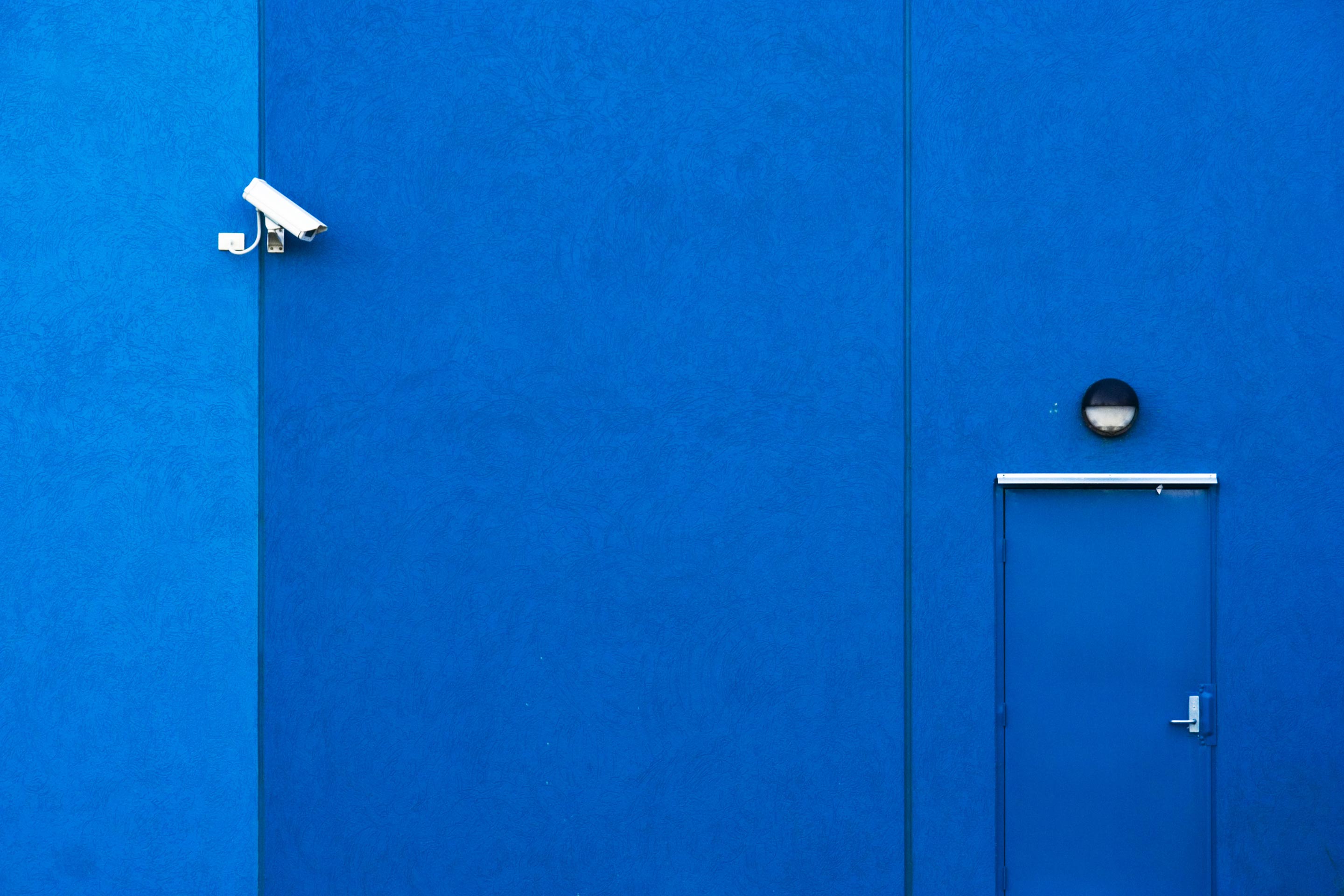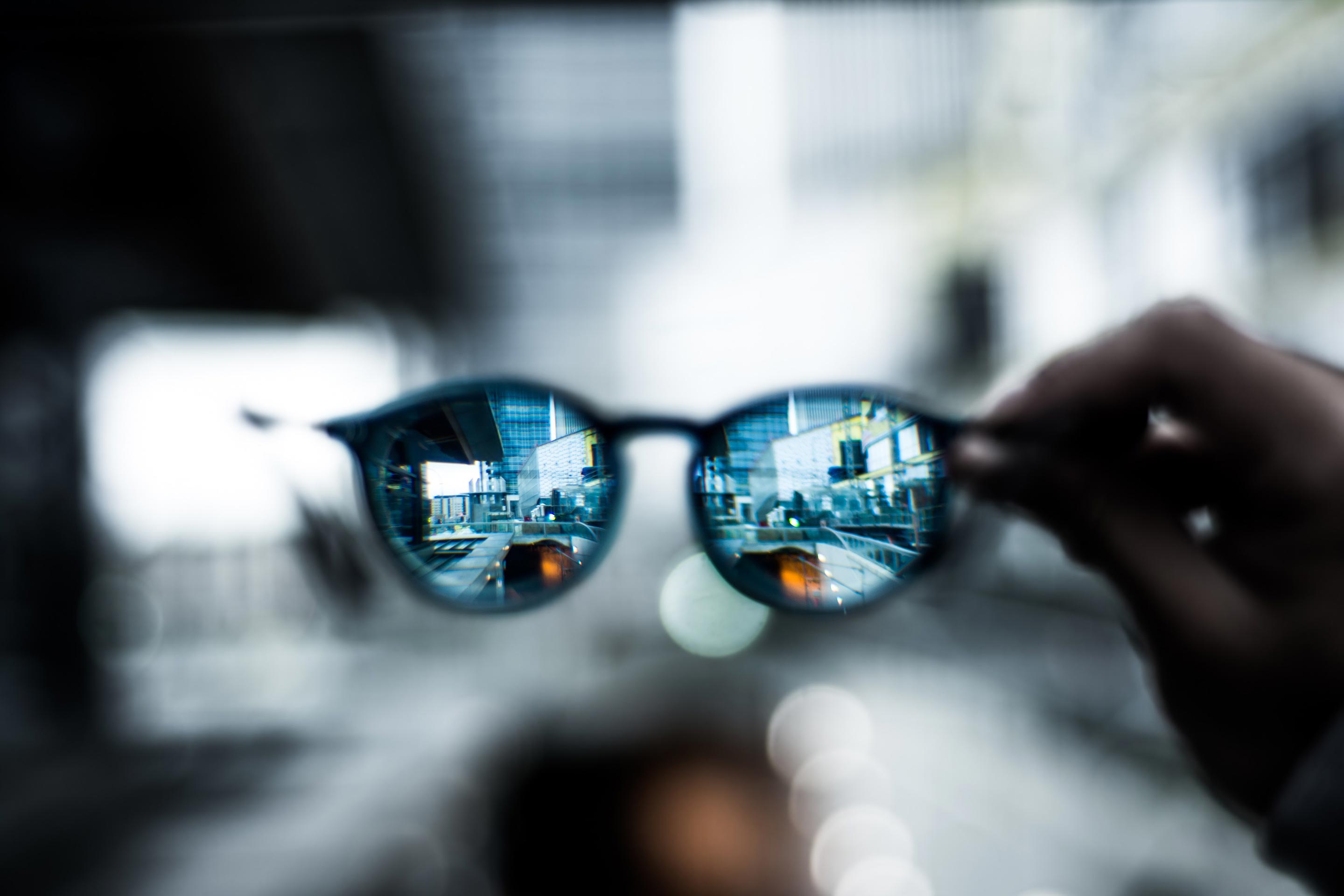Coffee is awesome. You know it would be impossible to start your day without a cup of it. Here are some fun facts about your favorite caffeinated beverage.
Contents
Toggle1. World’s first webcam watched a coffee pot.
Though it was hardly what one might described as “action-packed,” it allowed researchers at Cambridge to monitor the coffee situation in the Trojan Room without ever leaving their desks. After the webcam portion of the Trojan Room coffee pot experiment was pulled, the pot itself — a non-working Krups ProAroma pot that would normally retail for about $50 — was put up for auction on eBay, where it sold for just under $5,000.
2. What happens to caffeine in decaf coffee?
After coffee beans are decaffeinated, several coffee manufacturers sell the caffeine to soda and pharmaceutical companies.
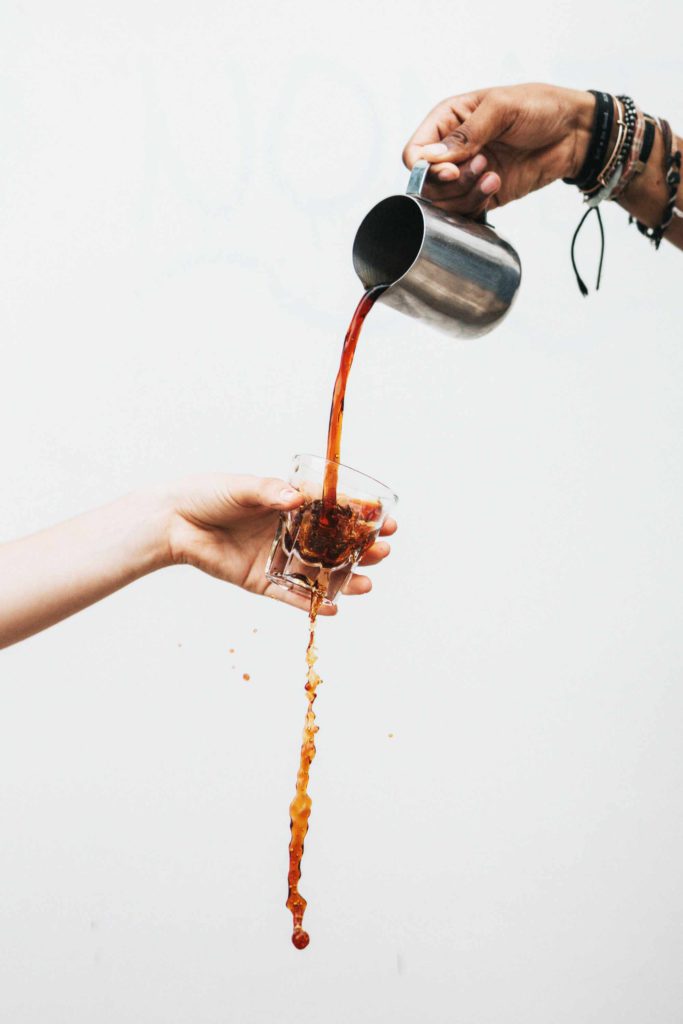
3. Keep your coffee warmer longer by adding cream.
Viscosity versus evaporation. Adding cream thickens the coffee increasing its viscosity thus, making it evaporates slower. You’d be surprised just how much heat evaporation carries away. Slow the rate of evaporation and you avoid a lot of that heat loss. (This is also one big reason that coffee stays warm longer with a lid on the cup.)
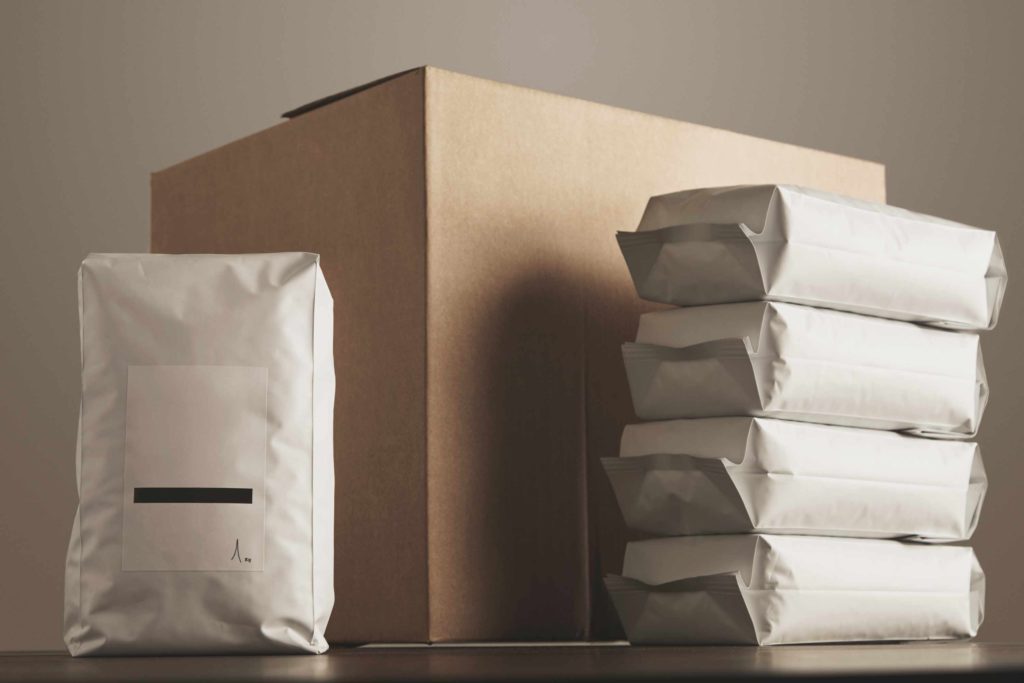
4. 42 beans.
A single-shot espresso requires approximately 42 coffee beans, which is the Answer to the Ultimate Question of Life, the Universe and Everything.
5. Es-pres-so.
Espresso comes from the Italian name for the coffee, in full caffè espresso, literally “pressed-out coffee”. Wikipedia explains:
Espresso (/ɛˈspɹɛsəʊ/ /eˈspresō/) is coffee brewed by forcing a small amount of nearly boiling water under pressure through finely ground coffee beans.
6. Coffee was food. Coffee is food.
Before people learned how to brew coffee, east African tribes mixed coffee berries with animal fat and consumed it as food. In today’s world, there are still tons of great ways to cook with coffee. From tiramisu to salad, here are some interesting food that you can make with coffee.
7. Second most popular drink in the entire world.
Coffee is the second most consumed beverage in the world. What’s first?
8. Drip vs. Espresso. Which is stronger?
When it comes to caffeine content ounce by ounce, espresso wins with about 40 milligrams per ounce versus 10 milligrams per ounce in a brewed cup of coffee. However, the serving size tips the scale. A two-ounce double shot of espresso contains 80 milligrams of caffeine whilst a 12-ounce cup of brewed coffee has about 120 milligrams.
9. Coffee “beans” are actually seeds.
They may look like beans, but what is actually brewed are the processed and roasted seeds of coffee cherries — a fruit.
10. 140 litres per cup.
That’s about half a bathtub, and no, it doesn’t all go into the coffee cup. Rather, you need 140 litres of water to grow enough beans to produce one cup of coffee.
11. Coffee is mildly addictive but caffeine is not.
When test subjects abstained from coffee, drank it regularly for 12 days, and then stopped, they experienced “withdrawal effects,” but those effect were “moderate and transient,” i.e. no big deal. However, when the test subjects were gradually weaned from caffeinated to decaffeinated coffee, they didn’t drink more coffee in order to replace the caffeine. Therefore, it is the coffee rather than caffeine that is mildly addictive. So there.
#. Summary.
Wow, you have reached the end of the articles. You should now know 10 additional facts about coffee that you might have not known before. We whipped up this article to test the blog post layout template for our new website, scellus.com.
While consistently creating content is a crucial part of making sure you’re educating your audience, simply having good content is not enough. You will need to make sure that your audience can find and digest the content.
Here are some features that we implemented for this post:
- Beautiful, large, high-quality featured images. As blogging becomes more prominent and social media becomes more visual, one of the most effective and differentiating things you can do for your blog is incorporating large, non-stocky hero images.
- Legible typography. Not all people coming to your website have 20/20 vision, and those who do still don’t want to read your 12pt font. It can cause eye strain, especially on digital screens.
- Short descriptive subheadings. Typically, people are coming to blog articles with the intent of skimming them until they find the section(s) that answers their questions or pique their interest.
- Accessible social sharing. Social sharing links (aka buttons that let people easily post your article to their social media profiles) are one of the easiest ways to encourage people to distribute your content for you, but many sites aren’t granting that same experience for tablet and mobile users.
→
Simplify your sales and marketing
You’ve had enough of ineffective inbound marketing and “top-tier” agencies that overpromise and underdeliver.
Scellus Digital Marketing services helps you implement the most essential sales and marketing functions through an intensive ongoing program of coaching, training, and strategy — resulting in better leads and more closed sales. Talk to our team to get started.
Continue reading ↘
Season’s Greetings
December 20, 2012
Multi-factor authentication and why you need it
March 31, 2013
Introducing our new website
March 31, 2013
Goodbye 2016. Hello 2017.
December 19, 2016
It’s 2018. Happy New Year.
January 1, 2018
Identify trends that can stimulate small business growth
August 17, 2018
